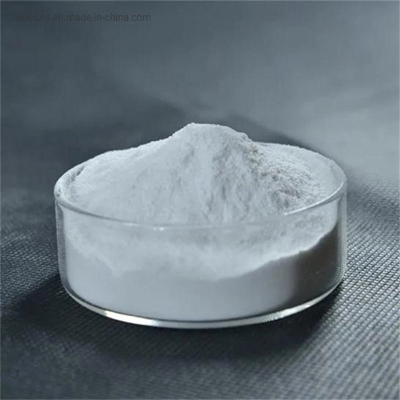-
Categories
-
Pharmaceutical Intermediates
-
Active Pharmaceutical Ingredients
-
Food Additives
- Industrial Coatings
- Agrochemicals
- Dyes and Pigments
- Surfactant
- Flavors and Fragrances
- Chemical Reagents
- Catalyst and Auxiliary
- Natural Products
- Inorganic Chemistry
-
Organic Chemistry
-
Biochemical Engineering
- Analytical Chemistry
- Cosmetic Ingredient
-
Pharmaceutical Intermediates
Promotion
ECHEMI Mall
Wholesale
Weekly Price
Exhibition
News
-
Trade Service
Physicochemical techniques are very specific, sensitive, and accurate techniques widely used for phytohormone analysis (for a review
see
refs.
1
–
3
). Liquid chromatography mass spectrometry (LC-MS) or gas chromatography-coupled mass spectrometry (GC-MS) in particular, recently have become more important for both qualitative and quantitative analyzes of all phytohormones, except ethylene (for a recent review
see
ref.
3
). Specific purification is, however, necessary prior to high-performance liquid chromatography (HPLC), gas chromatography (GC), LC-MS, or GC-MS. On the other hand, we have immunological techniques available through radioimmunoassay (RIA) and enzyme-linked immunosorbent assay (ELISA). The advantages of immunochemical techniques are their high sensitivity, high specificity, and an extremely short analysis time. There are a lot of reports on poly- and monoclonal antibodies for the analysis of plant hormones including cytokinins (
4
–
7
). The mass spectrometric fragmentation pattern from electron impact (EI) GC-MS is a frequently used identification criterion. Using LC-MS for qualitative and quantitative cytokinin analysis, derivatization can be omitted (
8
). Moreover, cytokinins exhibit strong specific UV absorbance in the 220–300 nm range. Since UV spectroscopy is nondestructive, mass spectrometry and UV spectroscopy are complementary for the identification of cytokinins (
9
). Recently, qualitative LC-MS analysis has also been described for abscisic acid (ABA) (
10
), however, deuterated ABA obtained by active hydrogen exchange (
11
) is not suitable for thermospray conditions (our unpublished results).






